A new report has revealed that the Australian cruise industry's national economic output surged by 15.4 per cent in 2016-17 to reach $5.3 billion, up from $4.6 billion in 2015-16.
A record number of ships making a record number of visits to ports around Australia has seen the value of the cruise industry surge past $5 billion for the first time, but sluggish growth for New South Wales spells crunch time for the nation’s gateway port, Sydney.
A new report has revealed that the Australian cruise industry’s national economic output surged by 15.4 per cent in 2016-17 to reach $5.3 billion, up from $4.6 billion in 2015-16.
Commissioned by Cruise Lines International Association (CLIA) Australasia, the independent report revealed that cruise line expenditure exceeded $1.5 billion, up 12 per cent on the previous financial year, while direct passenger expenditure rose 19.8 per cent to almost $1.2 billion.
The indirect and induced contribution of cruise tourism made up the rest of the figure with the industry’s suppliers and their employees contributing a further $2.6 billion, up 15 per cent on 2015-16.
With a record 58 cruise ships sailing local waters in 2016-17, and more than half offering local itineraries, there was a 19 per cent increase in cruise ship visit days to 1401 in total. Ship visit days for homeported vessels increased by 14.5 per cent while transit ship visit days jumped 23 per cent.
Highlighting the value of homeported ships, the report found that passengers spent on average $527 a day in a port before or after their cruise, compared to $153 during a transit day, adding up to a total of $976 million, or 85 per cent of total passenger expenditure.
While just about every area of the report showed positive signs, the international cruise industry has warned that infrastructure constraints in Sydney threatens further growth of the industry, resulting in economic benefits not being fully realised for Australia.
According to the report, New South Wales remains the dominant cruise state, accounting for 58 per cent of the industry’s economic contribution, but its 6 per cent growth last financial year means its share has dropped 10 per cent in just two years due to Sydney reaching capacity.
NSW’ sluggish growth had positive flow on effects for other states with Queensland up 14 per cent to now represent a fifth (21 per cent) of the national economic contribution or more than $1.1 billion, and Victoria experiencing a 12 per cent increase to take a 7 per cent share of the national contribution.
Meanwhile increased ship deployments to Western Australia and Tasmania in 2016-17, saw both these states experience substantial growth. A 104 per cent increase to Western Australia’s coffers brought the State’s share of the national contribution in line with that of Victoria at 7 per cent, while Tasmania grew 138 per cent in total output growth to up its share to almost 3 per cent as Hobart and Port Arthur saw a spike in ship visit days.
Releasing the “Cruise Tourism’s Contribution to the Australian Economy 2016-17” report in Sydney, CLIA Australasia Chairman Steve Odell said the findings provided compelling evidence of the value of the cruise industry and how crucial its continued growth was to the economy.
Managing Director of CLIA Australasia, Joel Katz, said “The latest Australian Cruise Industry Economic Impact Analysis reveals an industry with strong growth potential that generates significant national and regional economic activity. CLIA’s economic report not only quantifies our economic output and contribution, it also provides a vital insight into what’s driving the growth in our economic value from creating thousands of jobs to the economic benefits that flow to businesses and communities far beyond our ships and ports.
“The industry is now contributing more than $5 billion to Australia’s economy but it could be much more. With the nation’s cruise gateway at crisis point, the challenge is to ensure strong economic growth for years to come and the only way to make that happen is to find a solution to Sydney’s capacity constraints. Australia is one of the world’s most appealing cruise destinations for global cruise lines but Sydney is a big drawcard and if Sydney is full, this discourages more cruise ships from heading to our shores.”
The report also found:
- A 15 per cent increase in full time equivalent jobs, meaning the cruise industry now employs 21,000 Australians each year, directly and indirectly
- Combined passenger and crew visit days increased by 21 per cent to 3.4million days
- The industry carried around 200,000 international inbound cruise passengers – the equivalent of France and Italy’s inbound visitor numbers to Australia combined
- Domestic cruise passengers spent $758 million in Australian port cities, with international passengers spending $392 million
- Accommodation, transport, food and beverage, and shore excursions, accounted for 79 per cent of total passenger onshore expenditures, more than $900 million
- Crew spent $39.5 million at Australian cruise ports with an average expenditure of $95 per crew visit ashore
- Operating expenses accounted for 91 per cent of cruise line expenditure withport charges, food and beverages, fuel, and travel agent commissions accounting for most (63 per cent) costs
- The economic contribution of cruise tourism was concentrated in four states, NSW, Queensland, Victoria and Western Australia, which accounted for 94 per cent of economic output
- New South Wales contributed $3.1 billion to the national economic contribution, followed by Queensland with $1.1 billion and Victoria and Western Australia both benefited from a contribution of $387 million each
The full report is available here.
Theodore is the Co-Founder and Managing Editor of TravelDailyNews Media Network; his responsibilities include business development and planning for TravelDailyNews long-term opportunities.

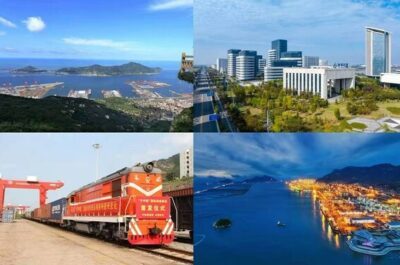

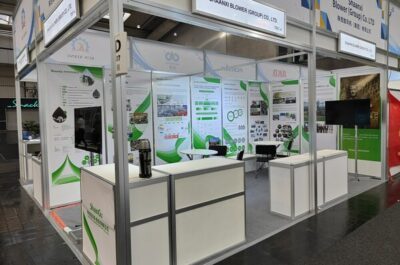
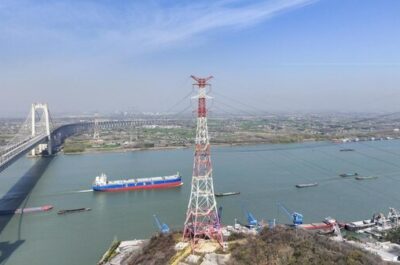



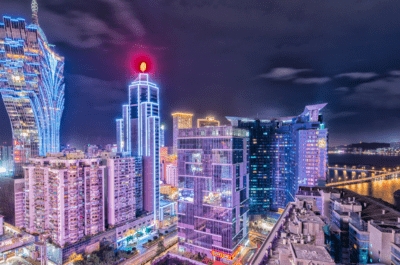
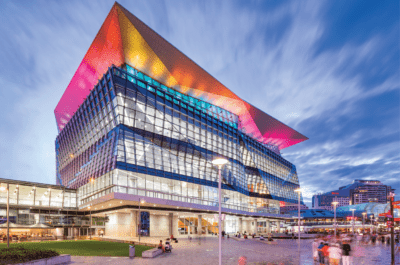












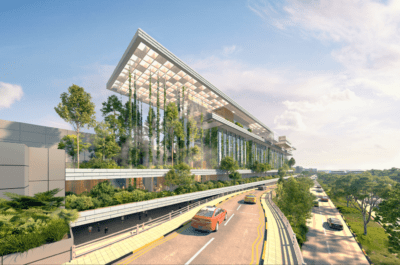

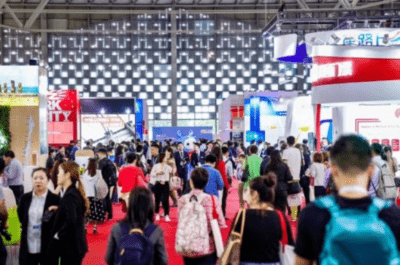

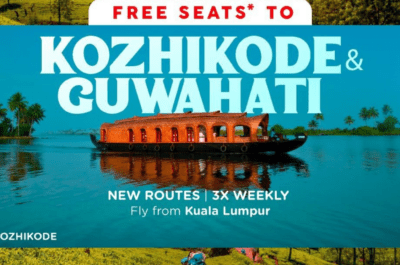
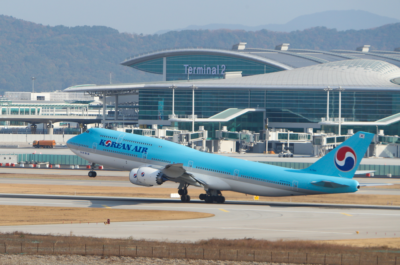



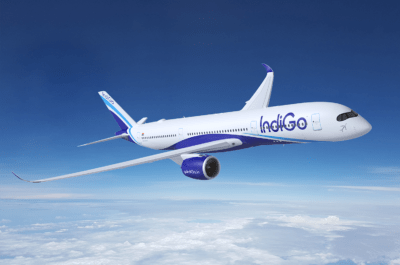



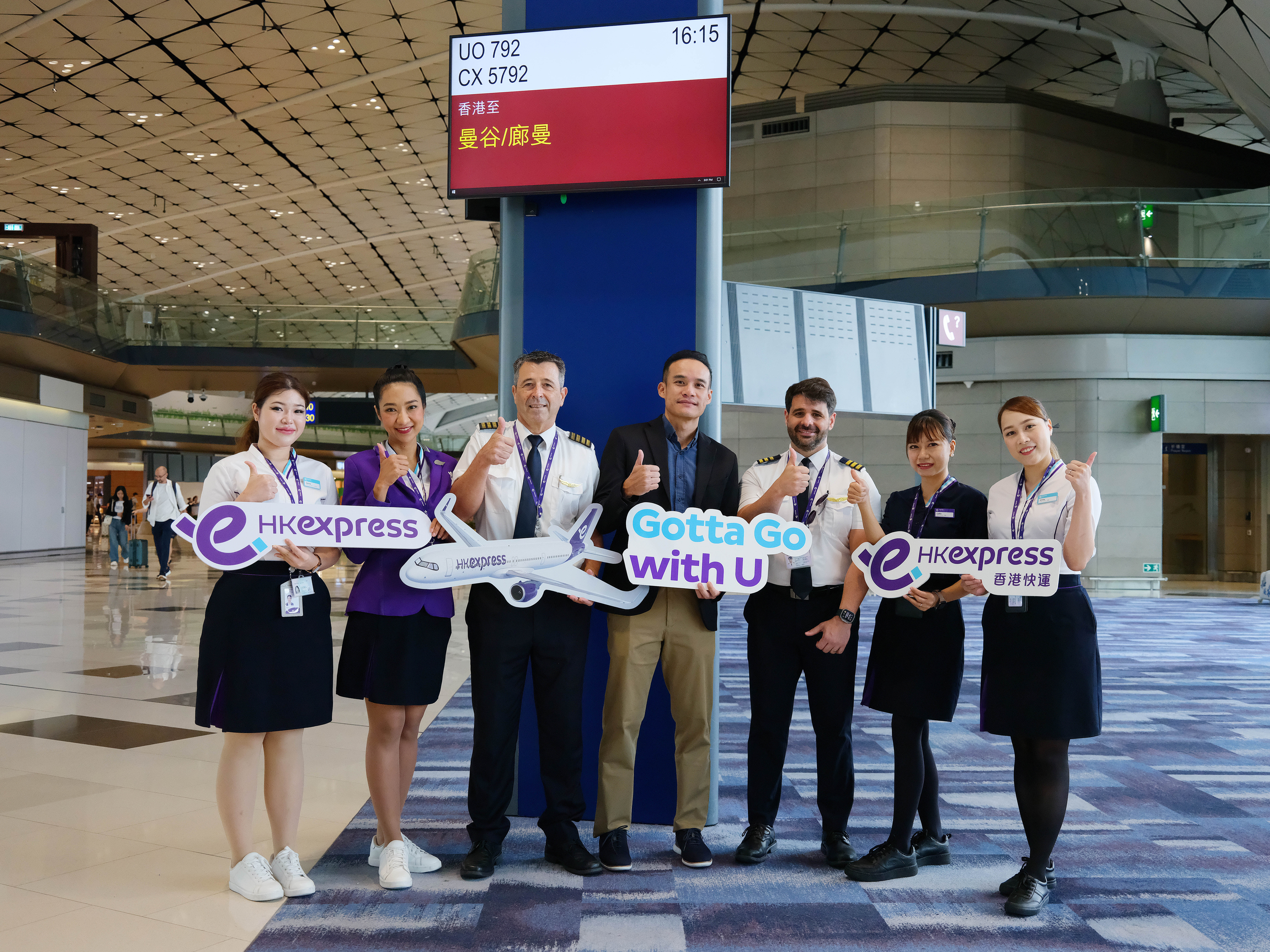
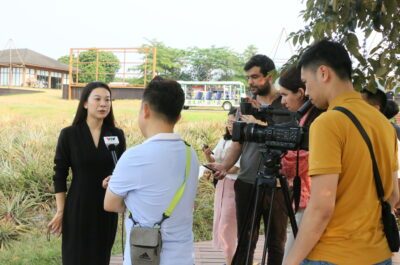
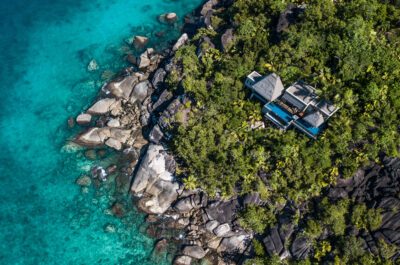
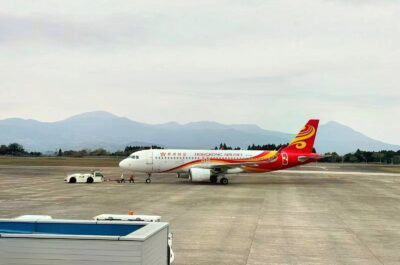




![[PR] PR_Ascott and Vimut Hospital_2024](https://www.traveldailynews.asia/wp-content/uploads/2024/04/PR-PR_Ascott-and-Vimut-Hospital_2024-400x265.jpg)


























